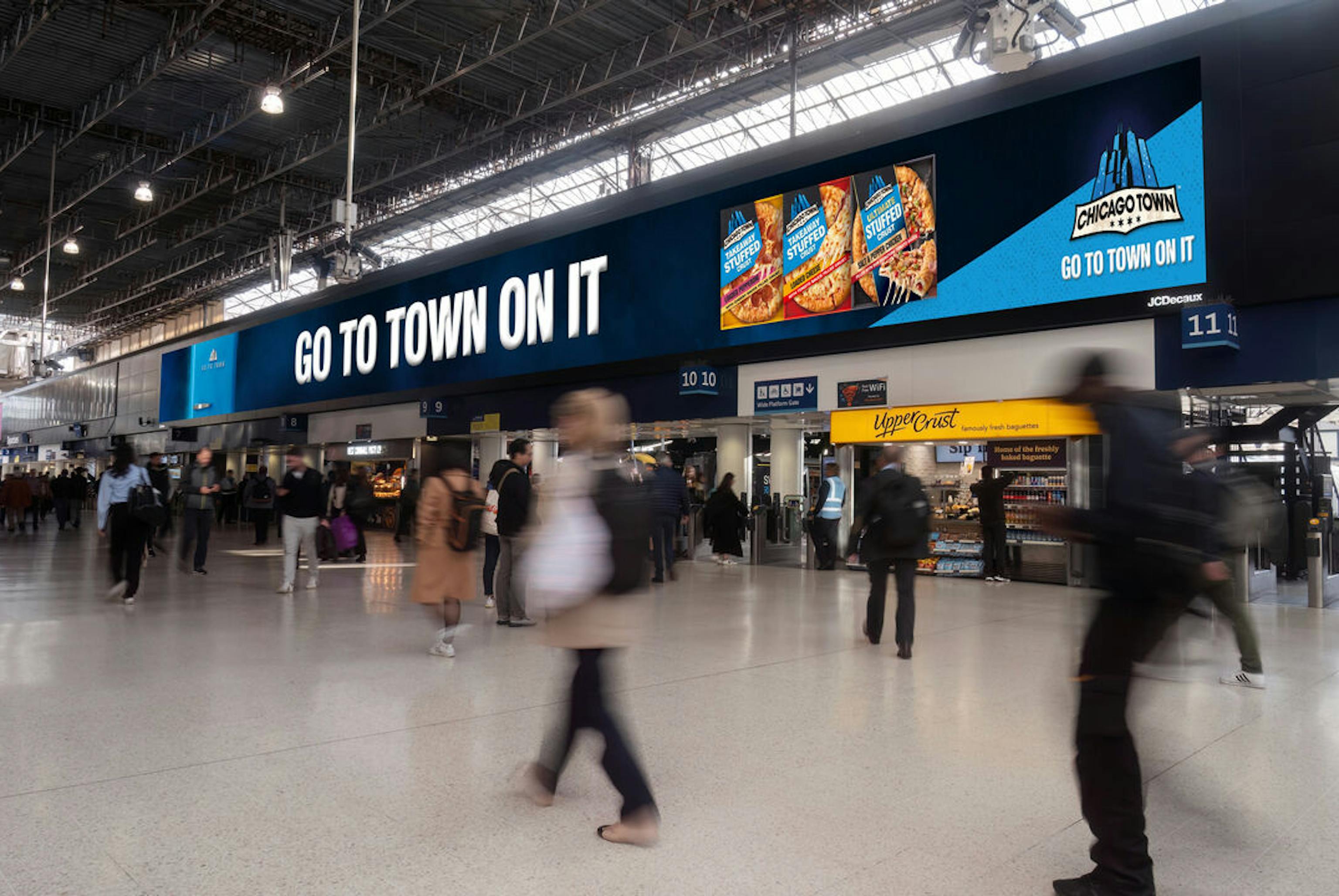
Avoid the Ban, Not Your Audience: Smarter FMCG Advertising with DOOH
The FMCG advertising rulebook is being rewritten, with tighter restrictions on promoting Less Healthy Foods (LHF) coming into force later this year. Brands will face a new challenge to maintain consumer engagement and preserve brand equity in a more regulated environment.
Not all channels are affected. While TV and Digital might see their reach curtailed, Digital Out-of-Home (DOOH) offers an increasingly intriguing solution for brand managers looking to navigate these changes effectively.
Undeniable impact for FMCG brands
Confusion about what is and isn’t going to be allowed under the regulations is a bad look for the Advertising Standards Authority (ASA). With the regulations taking effect from 1 October 2025 it is still unclear if brand campaigns will or will not be allowed.
As things stand the ban will:
- prohibit TV services from including advertising and sponsorship for less healthy food and drink products between 5.30am and 9pm;
- prohibit ODPS from including advertising and sponsorship for less healthy food and drink products between 5.30am and 9pm; and
- prohibit paid-for advertisements for less healthy food and drink products that are aimed at UK users from being placed online at any time.
Retailers are naturally not happy. Christmas planning is usually well underway in Q1 for supermarkets and leading FMCG brands, but that is not possible this year. The chair of M&S has warned Christmas ads will be a casualty of the changes and The Grocer claims “marketing plans are in chaos”.
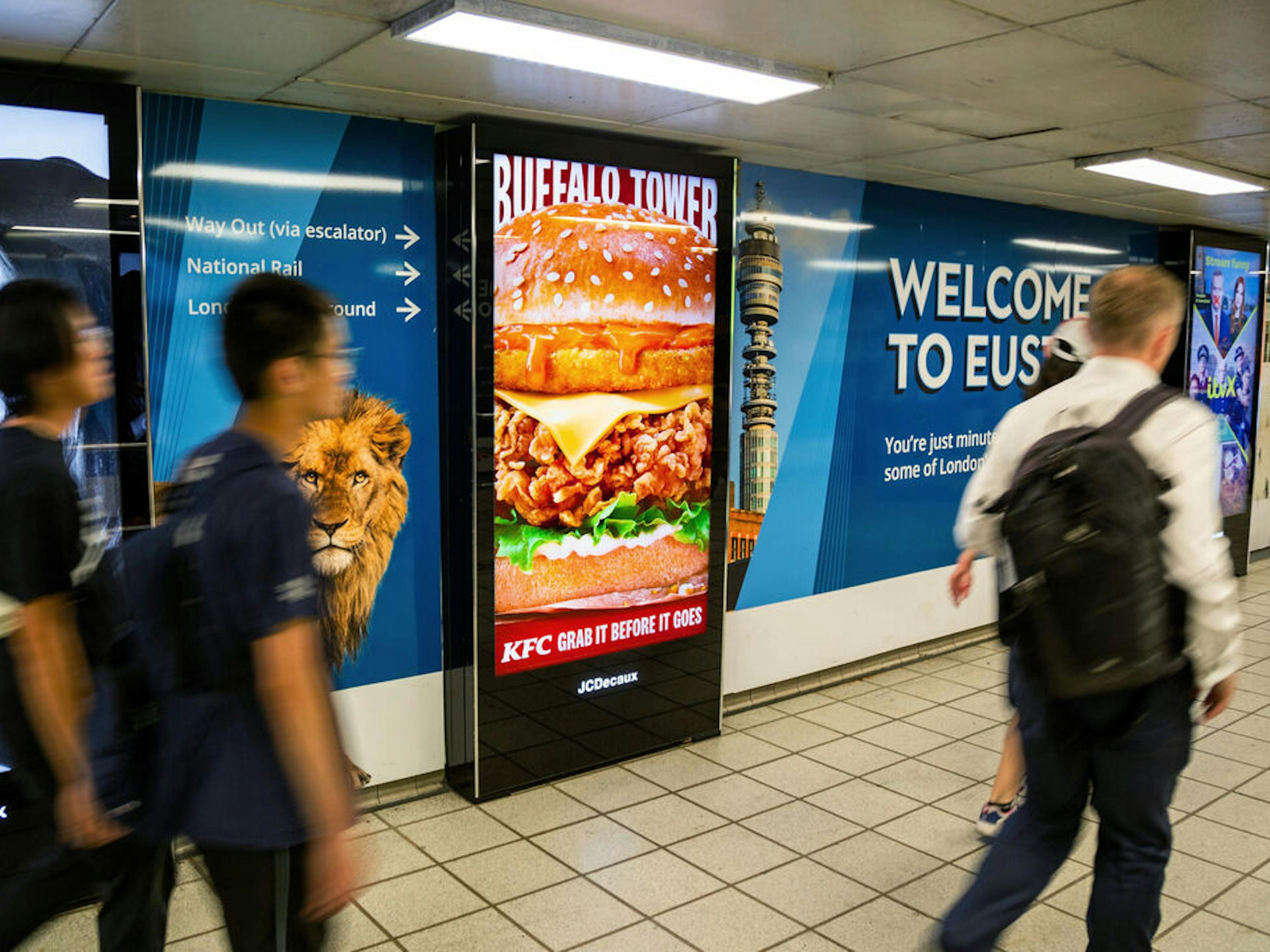

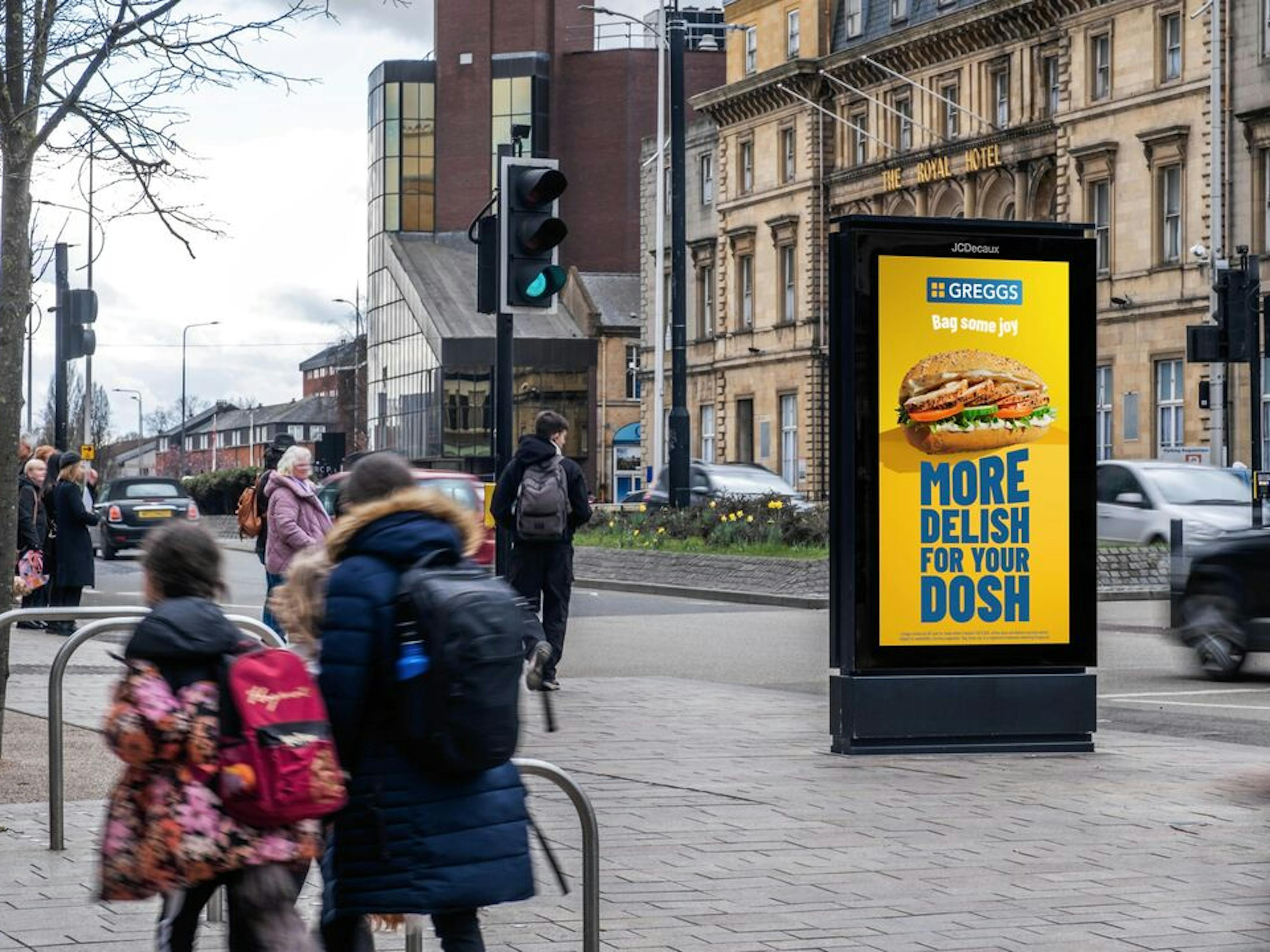
How brands can DOOH the right thing
Few outside the brands impacted will argue against this being a necessary step towards promoting healthier lifestyles for society. But it leaves food and beverage brand managers in a tricky position. How do you maintain brand visibility and drive sales when your traditional avenues are narrowing?
This is where DOOH shines. Unlike its static counterpart, DOOH offers a dynamic and contextually relevant platform that can navigate these regulatory changes with greater agility.
Here's why brands should be looking at DOOH as a key component of their future advertising strategy for LHF products:
DOOH what you want
Not quite, but there will be less restrictions than TV and digital. The Grocer has calculated that eight out of ten of last year’s most effective Christmas TV adverts, would be banned under the new regulation. This includes supermarkets such as M&S, Sainsbury’s and Aldi, who typically show Christmas Puddings and other less healthy foods in their pac-shots. Similarly big brands that don’t major in healthy living like KFC and Coca-Cola will need a change of tact.
Outdoor advertising is not included in the restrictions, making it a highly viable option for retailers and brands that want to reach their audience en-mass through an unavoidable channel. DOOH already successfully operates within local authority restrictions for fast food and alcohol brands in the radius of schools and colleges, providing a level of brand safety.
Connect offline and online data for contextual relevance
While DOOH screens are increasingly sophisticated, the audience data used to plan campaigns is often not. This is especially true when using attributed data. Due to signal loss that is often not fit for purpose.
At the heart of an audience-led DOOH strategy should be real people, and how they move in the real world. The people who experience your brand daily don’t slot neatly into marketing demographics. It’s more meaningful and richer to consider shared attitudes and behaviours – the things that transcend age, gender, location and background. That's how you build a flexible audience that resonates at scale.
Embrace AI Efficiencies
Unlike traditional OOH planning solutions that primarily respond to generic signals, brands should be looking to access audience solutions that operate autonomously, setting goals, making decisions and executing tasks based on real movement data, accessible for example, from mobile network signals. Insights from billions of geo-temporal data signals allow you to understand more about your audience, and the locations of the screen they interact with.

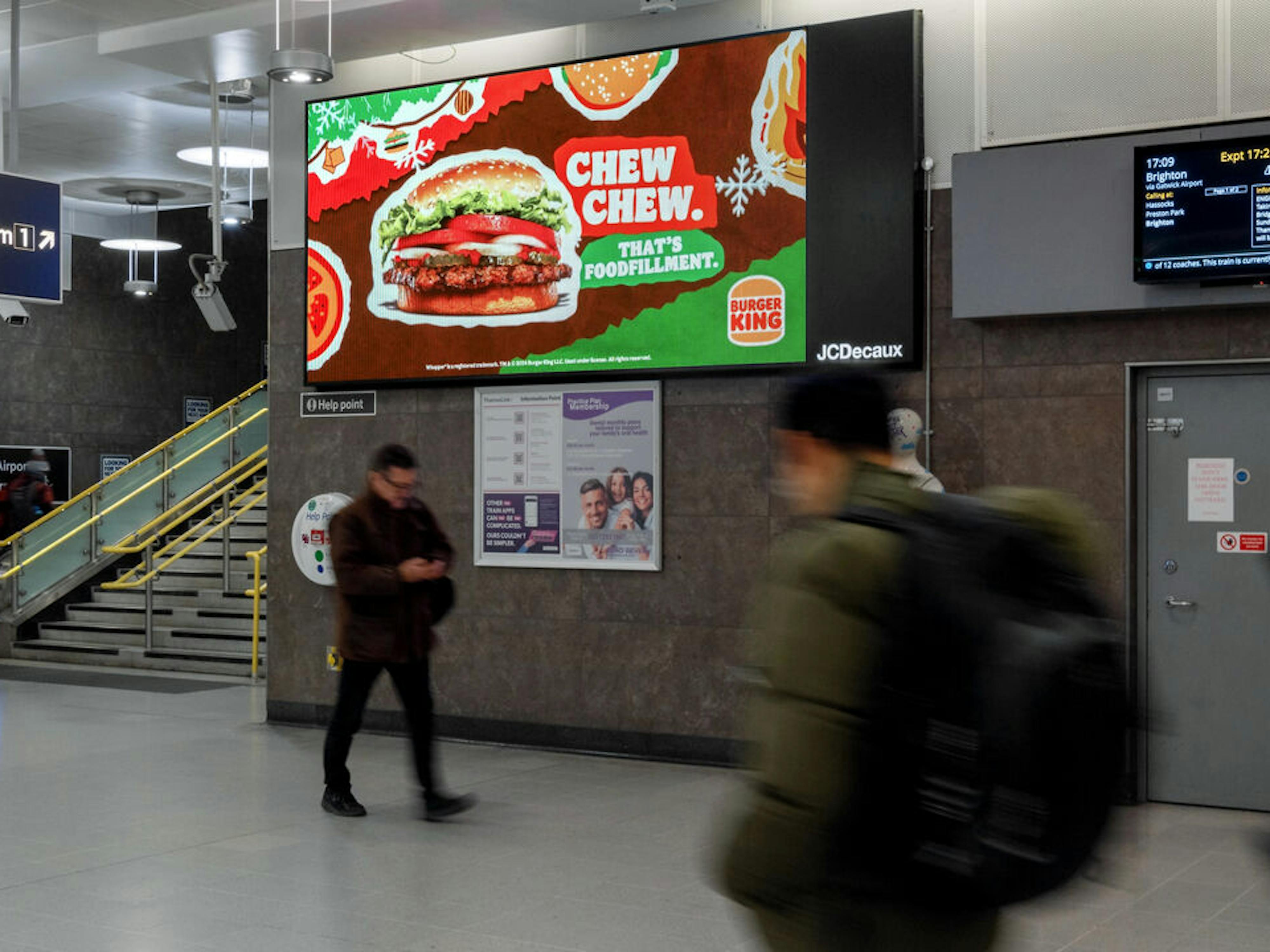
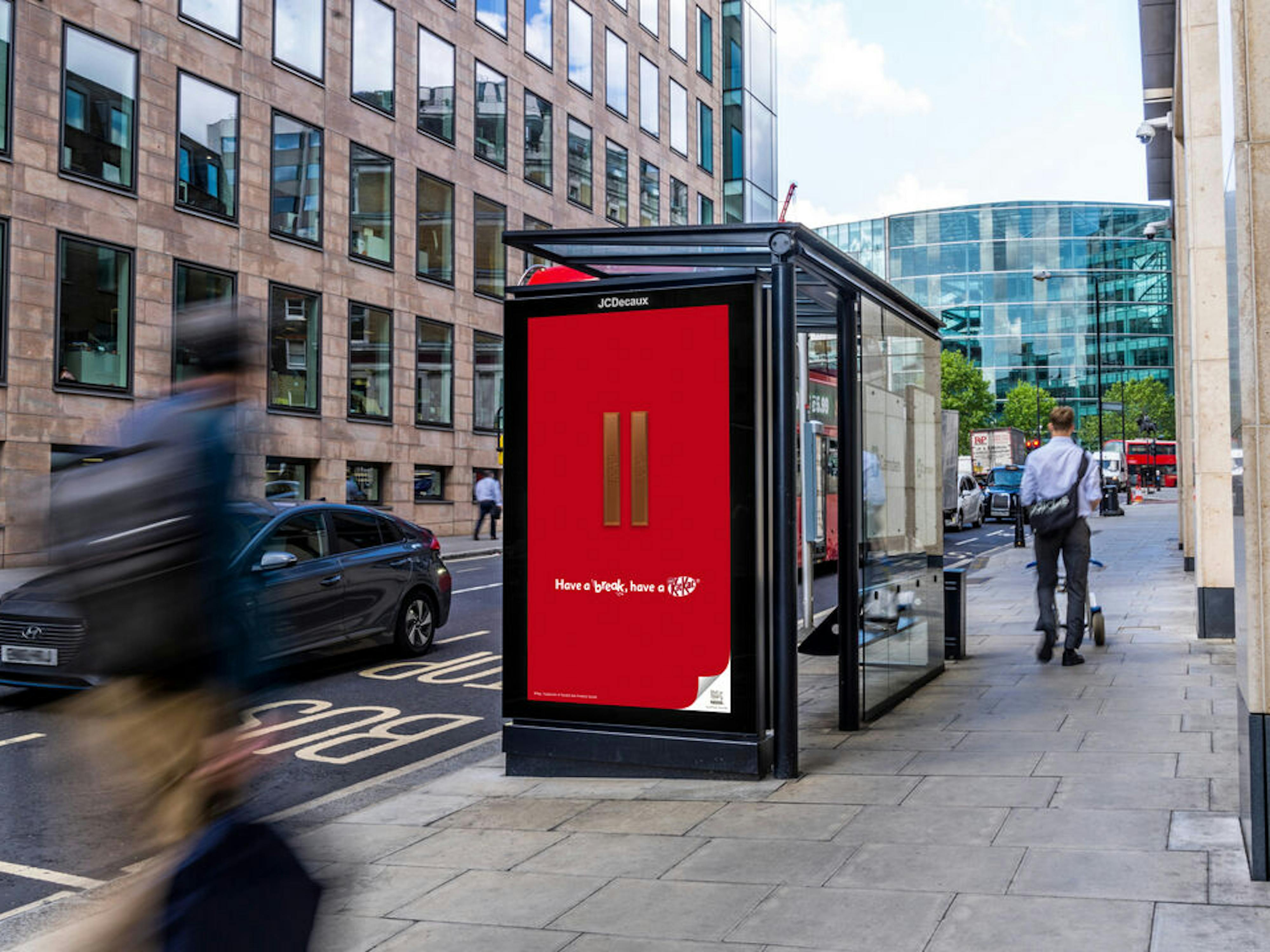
Forget Assumptions
Programmatic DOOH's strength lies in its ability to target specific audiences in specific locations. When you plan to the data instead of the status quo it opens up new opportunities about a location, and the audience there, which allows you to reach your audience with less wastage.
By analysing screen locations against time of day and day of week, you see more signals about the people who will actually see your ads at any given time. Don’t just assume every day is the same. We all assume commuter patterns are different post-pandemic, with home working on Friday’s more prevalent, but do you have movement data to prove that. And does it reflect in your media investment?
An FMCG may assume buying train station sites early in the morning will reach a business audience, and may not be worth the premium investment. Whereas the data in certain stations shows they’re also huge foodies and investment is valid, whereas in 21% of station sites the foodie audience is not indexing as highly. When you plan to the data instead of the status quo it opens up new opportunities to reach your audience with less wastage.
Understand your On-Target-Audience reach
On-Target-Audience reach is something we’ve become very accustomed to at Skyrise. It is not just a metric. It is revolutionising DOOH by enabling bespoke plans to be developed for each campaign using AI decisioning based on billions of data points. It considers the movement of a brand audience, where the product is available, where demand is greatest, as well as where screens are located, and what formats are available.
By taking these factors into account brands can create thousands of plan variations, and choose the optimal one before pushing it into programmatic buying platforms. It allows autonomous decision making, and enhanced efficiency without constant human oversight.
Crucially brands know how many of their audience will be impacted by their campaign, before they invest.
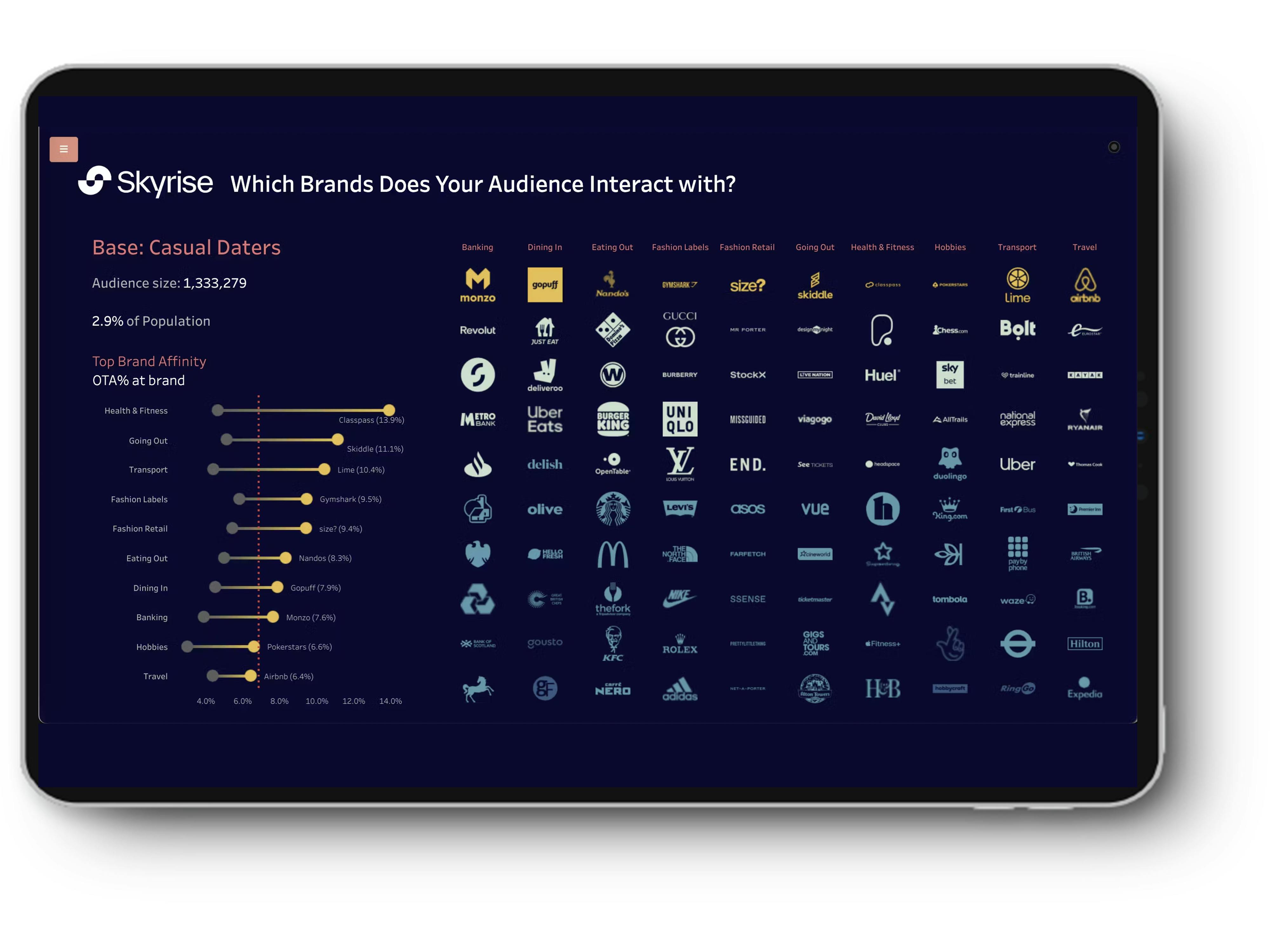

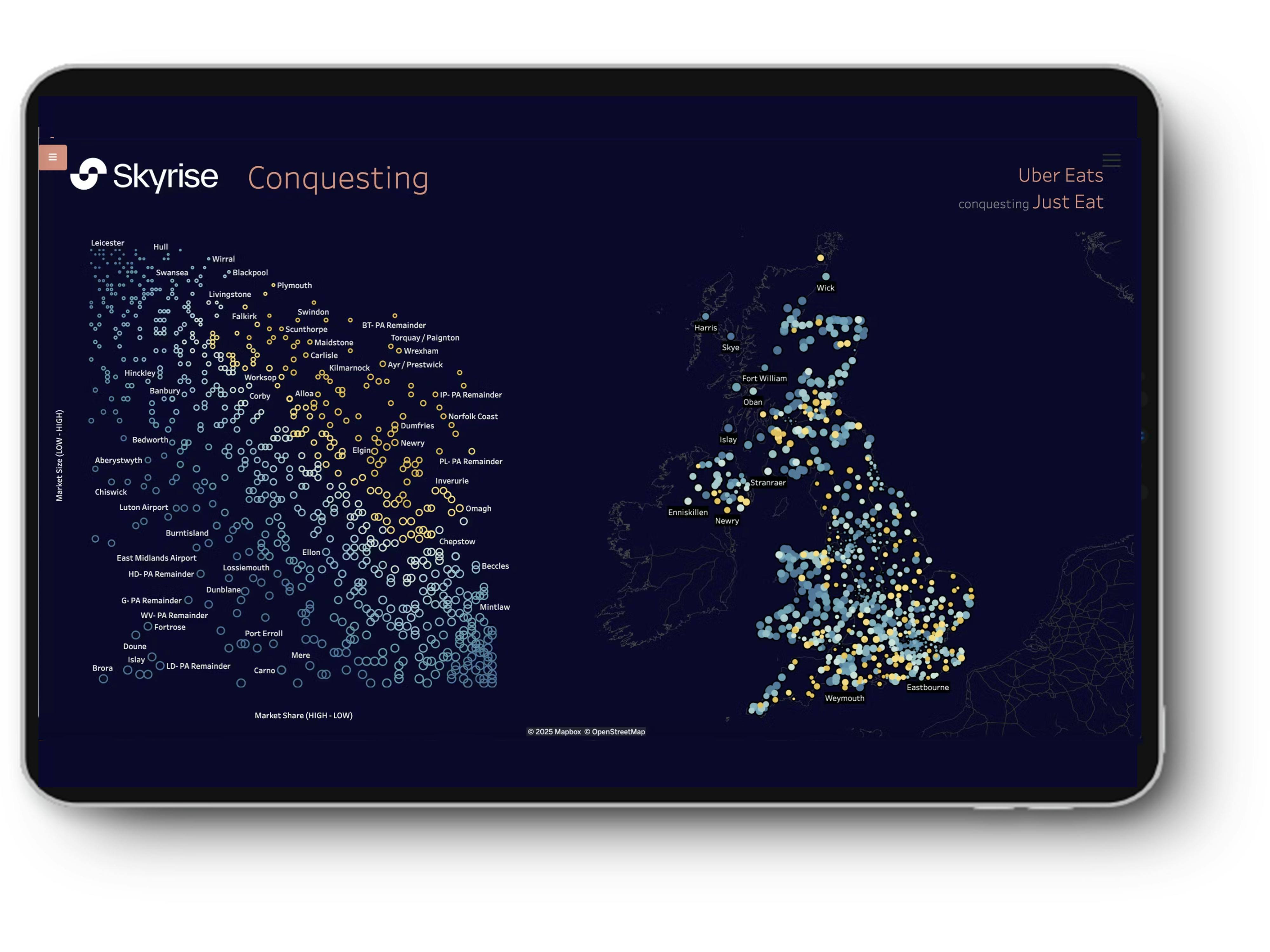
New rules. New data decisions.
So as the rules for FMCG advertising are getting more complex, programmatic DOOH could provide not only a simple solution, but potentially a more effective one. It’s not just about sticking ads on screens; it’s about doing it smarter.
By tapping into data-driven insights, embracing AI efficiencies, and focusing on who they actually want to reach, brands can navigate the changes. DOOH offers a dynamic and agile solution, ensuring brand message hits home without getting lost in the regulatory shuffle.
In a world where traditional avenues are narrowing, DOOH is opening up new pathways to connect with your audience.
Send us a message to find out how where+when™ the audience design platform can transform your next campaign.
